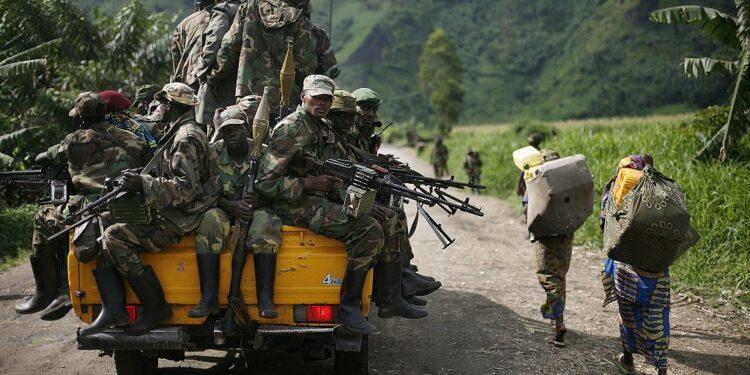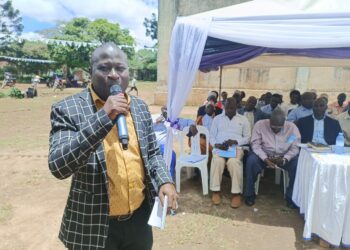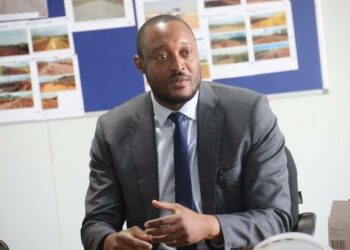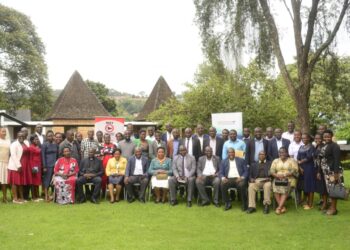The US government has endorsed a joint decision by East African heads of state, to take out M-23 rebels who have caused trouble and mayhem in Eastern Democratic Republic of Congo (DRC).
This follows a phone conversation between the US Secretary of State Antony Blinken and President Kenyatta on Thursday, about Nairobi’s earlier initiative under the East African Community umbrella on DR Congo, as the best approach to end the armed conflict in the troubled eastern parts of the country.
In the conversation, Secretary Blinken also lauded Kenya’s head of state, for his relentless efforts in trying to defuse the ongoing rift between DR Congo and her neighbor Rwanda on a round table, even as a military solution to take out the M-23 insurgents remains on the table.
US State department spokesperson Ned Price said secretary Blinken expressed his appreciation for the Nairobi process, which has brought together the leadership of the DR Congo, Rwanda, Uganda, Burundi, South Sudan and Tanzania.
According to Mr Price, Mr Blinken noted that East African heads of state bear the blunt to ward off the spiraling regional tensions, before they graduate into something worse.
“The Secretary noted these heads of state meetings are instrumental for facilitating the de-escalation of regional tensions, and in particular between the DR Congo and Rwanda,” Price remarked.
Though the Nairobi negotiations, which are a brain child of President Kenyatta’s agenda in his role as chairman of the EAC are aimed at stablizing easten DRC, experts doubt if they will yield to the intended goal, because armed groups like the M-23 are not invited to participate in peace talks, as they are viewed as terrorists by Kinshasa.
It should of course be remembered that following a meeting, and an eventual resolution by EAC chiefs of Defence forces on the Concept of Operations for troop contribution to the force by EAC member states, regional leaders greenlighted president Kenyatta’s call to deploy a regional force — the East African Standby Force (EASF), though the actual date for deployment is yet to be decided.
Also important to point out, the meeting in Nairobi was inspired by public bickering between Rwanda and DR Congo, marked by accusations and counter accusations in which Kinshasa accused Kigali of supporting M-23 militia, who are behind the armed conflict.
Kigali denied any wrong doing, but the first physical meeting between presidents Paul Kagame of Rwanda and Felix Tshisekedi of DR Congo in Nairobi was seen as a foundation stone to the end of the crisis.
However, Congolese politicians and the public in general have expressed mixed reactions about the proposed deployment of peace troops.
Many see the deployment of the East Africa Standby Force (EASF) as duplicating roles of the UN Missision (MONUSCO), as well as other existing interventions currently on the ground.
It remains to be seen if the decision to take out M-23 rebels by the deployment of a regional standby force will materialize, as a way of addressing the decades-long DR Congo conflict.
Do you have a story in your community or an opinion to share with us: Email us at editorial@watchdoguganda.com













